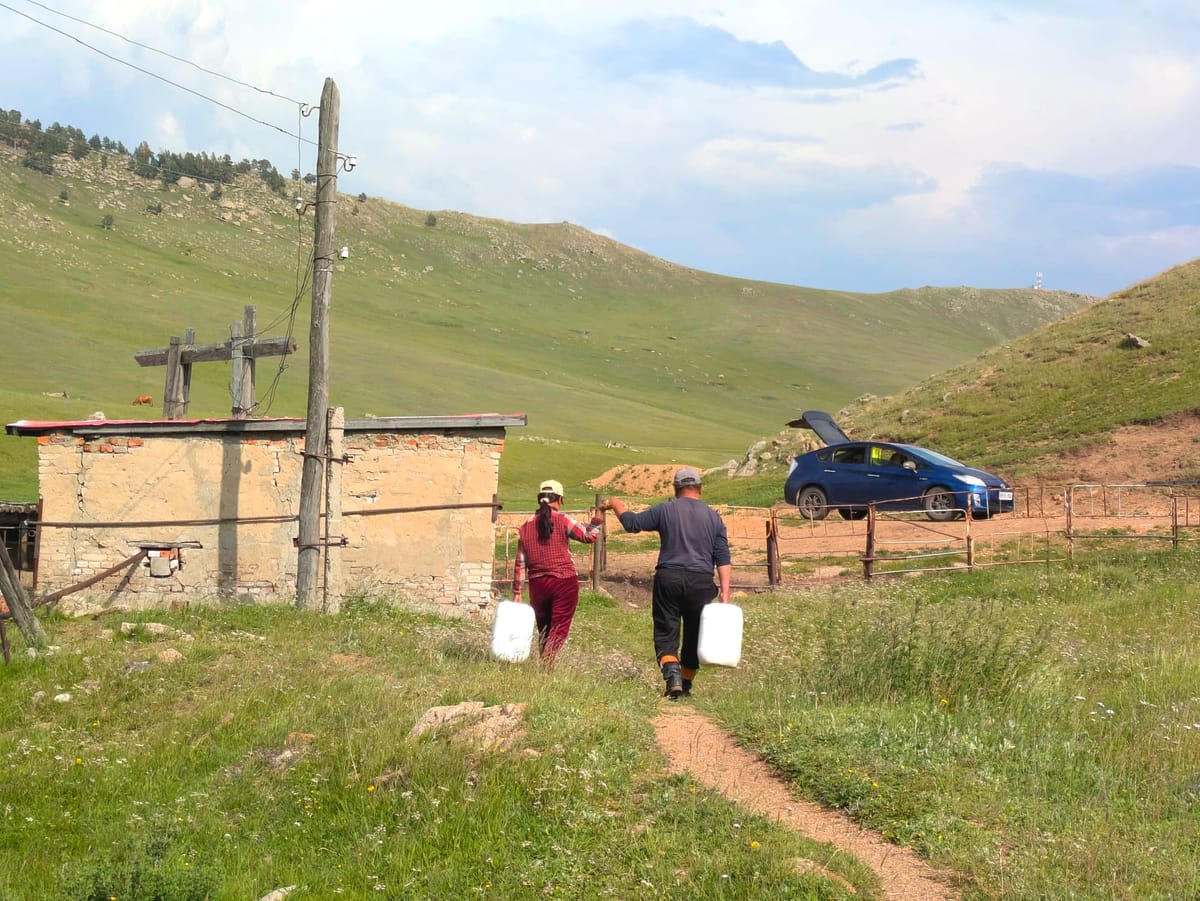
単語 (Vocabulary)
食材 (Ingredients)
- 羊肉 (ひつじにく / ようにく) - Lamb, Mutton
- 鶏肉 (とりにく) - Chicken
- 豚肉 (ぶたにく) - Pork
- 牛肉 (ぎゅうにく) - Beef
- エビ - Shrimp
- 内臓 (ないぞう) - Organs (often used in the context of food as offal)
味・食感 (Flavors & Textures)
- (味に)クセがある (あじにくせがある) - Acquired taste, Strong flavor
- 後味 (あとあじ) - Aftertaste
- 酸っぱい (すっぱい) - Sour
- 口に合わない (くちにあわない) - Not to one's taste
食の知識 (Culinary Knowledge)
- 味付け (あじつけ) - Seasoning
- 塩 (しお) - Salt
- 伝統料理 (でんとうりょうり) - Traditional cuisine
- 鍋 (なべ) - Pot, Hot pot
- 搾る (しぼる) - To milk, To squeeze
- 無駄 (むだ) - Waste
- 乳製品 (にゅうせいひん) - Dairy products
- 乳茶 (にゅうちゃ) - Mongolian milk tea
- 牛乳 (ぎゅうにゅう) - Milk
- ヴィーガン - Vegan
その他 (Miscellaneous)
- 緊急 (きんきゅう) - Emergency
- 身にしみる (みにしみる) - To be deeply felt, To sink into one's heart
- 〜し慣れた (〜しなれた) - Used to doing ~
会話の話題 (Conversation Topics)
モンゴル料理を食べたことがありますか?食べてみたいと思いますか?
Have you ever tried Mongolian cuisine? Would you like to try it?
あなたの国では何の肉をよく食べますか?代表的な料理がありますか?
What kind of meat is commonly eaten in your country? Are there any signature dishes?
乳製品をよく食べますか?
Do you consume dairy products often?
普段の食生活で欠かせない食材は何ですか?5つ教えてください!
What are five essential ingredients in your daily diet?
海外で長期間過ごす際、どんな食べ物が恋しくなりそうですか?
What kind of food do you think you would miss the most if you lived abroad for a long time?
新しい料理に挑戦するのが好きですか?それとも、慣れ親しんだ味が一番だと思いますか?
Do you enjoy trying new dishes, or do you prefer familiar flavors?
View the English summary of this episode
In this episode, I continue sharing my experiences in Mongolia, focusing specifically on food. When you think of Mongolian cuisine, what comes to mind? For me, it’s definitely mutton. During my stay, I ate mutton every single day. Most traditional dishes in Mongolia use mutton, simply seasoned with salt—no elaborate sauces or extra seasonings. Another characteristic of Mongolian food is the lack of color. Although people in urban areas eat vegetables, Mongolia’s harsh climate doesn’t support widespread vegetable farming, so they aren't a staple in traditional meals. The only vegetables I encountered were potatoes and onions, and there were hardly any colorful vegetables like the ones I’m used to.
The limited color palette in Mongolian dishes mainly comes from the browns of meat and potatoes, along with the whites of dairy products. Dairy is a huge part of the diet; there are so many varieties of cheese, butter, and milk products. One drink I had every morning with the nomadic family I stayed with was “milk tea,” made by boiling cow’s milk and adding tea leaves and salt. The taste was quite strong and natural—very different from the milk I’m used to. To be honest, it wasn’t really to my taste, but I recognize that this is just my personal preference.
After three days of eating mutton, I found it difficult to continue, so I had to use Google Translate to explain to the family that I wasn’t used to the flavor and couldn’t eat much more of it. They were very understanding and even curious about what kind of food I eat in Japan. I explained that I usually eat chicken, pork, beef, and fish, which seemed interesting to them, as they aren’t familiar with seafood. The father even remarked that chicken isn’t considered “real meat” for them, which I found quite amusing.
The diet was challenging, but once I returned to Ulaanbaatar, I was thrilled to find more familiar foods. The first thing I did was search for a vegan restaurant so I could enjoy a variety of vegetables, which I had been craving. I also enjoyed hot pot, where I could pick out as many vegetables as I wanted. These meals brought me so much comfort after the days of heavy mutton and dairy.
While living with the nomadic family was tough, I learned a lot about their sustainable lifestyle. They make full use of every part of the animals they raise, which I found very admirable. This experience gave me a deeper appreciation for their culture and taught me a lot about the importance of respecting traditional ways of living. Although it was a difficult experience, it allowed me to gain a new perspective and appreciate the comforts of my own daily life even more.
If you ever visit Mongolia, I highly recommend spending at least a few days living with a nomadic family. It will give you a unique opportunity to reflect on your own lifestyle and discover what you value most.
In the next episode, I’ll talk more about my overall experience living with the nomadic family, focusing on their traditions, family dynamics, and what daily life is like. I hope you’ll tune in!
Thank you for listening, and see you next time!


